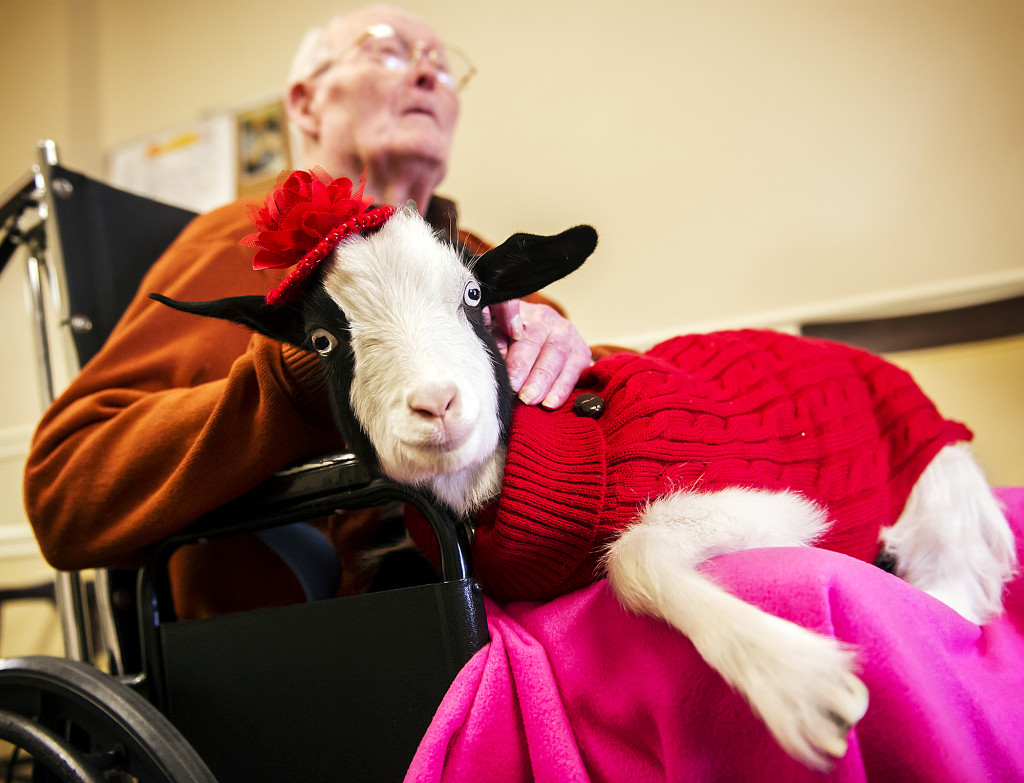In 2014, Veterinary Record published a series of articles exploring the links between animal, human and environmental health. While the fundamental idea behind One Health is by no means new, as outlined in an article by Abigail Woods and Michael Bresalier in June, it is beginning to be taken more seriously in the veterinary sector and further afield, due, at least in part, to the increasing complexity of global health problems in both animals and people.
The series seems to have captured imaginations, with the articles being discussed on social media, as well as within the pages of Veterinary Record; the journal has received a large number of letters on the topic this year (for example, here, here and here). In fact, there has been such interest that what was originally conceived as a series lasting 12 months will now be extended into 2015. It was found that there were simply too many interesting and important One Health topics and experts willing to write about them to cram into one year.
All of the articles in the One Health series are, and will continue to be, free to view.
The scene was set in January by Paul Gibbs, in a widely read article charting the recent history of the discipline.
In February, Patrick Wall discussed the role of One Health approaches in maintaining food safety, highlighting the fact that vets play an important part in ensuring human health by safeguarding the health of food-producing animals.
The next article in the series, written by Daniel Mills and Sophie Hall, looked at the human-animal bond, demonstrating that the One Health approach is by no means limited to infectious zoonotic diseases, but that animals can impact on the mental health and broader physical health of people. This article also contained one of the most striking images in the series (below).

Chris Oura’s article, published in April, looked at vectorborne pathogens, giving examples of how One Health approaches have been successfully used to control Japanese encephalitis virus in Southeast Asia, West Nile virus in the USA and Rift Valley fever in Saudi Arabia.
In May, Matthew Dixon, Osman Dar and David Heymann discussed emerging infectious diseases, including the One Health lessons learned following the first two pandemics of the 21st Century: SARS and influenza. They argued that the paradigm for One Health interventions needed to shift from a multidisciplinary response to disease outbreaks to the surveillance and prevention of zoonotic diseases.
As already mentioned, Woods and Bresalier’s article on the history of One Health gave an overview of the history of the concept, showing that its roots go much farther back than most people previously thought.
In July, Dilys Morgan gave an example of One Health in action, outlining the work of the Human Animal Infections and Risk Surveillance (HAIRS) group and in particular its response to the emergence of Schmallenberg virus in 2011.
Next, a team of researchers from the University of Glasgow including Sarah Cleaveland looked at whether a One Health approach could be used to tackle rabies. Among their conclusions was that there is compelling evidence that a One Health approach could work to eliminate the disease, but that it remains unclear whether the necessary collaborative partnerships could be built.
Kendra Stauffer and Lisa Conti’s article in October looked at how One Health can play a key role in emergency preparedness plans. Citing One Health issues that arose following Hurricane Katrina and the Fukushima Daiichi disaster, they discussed how some governments are beginning to include One Health considerations when preparing for disasters.
Andy Stringer’s article, published in November, discussed how improving animal health can have positive impacts on the livelihoods and health of poor people, especially those in developing nations.
Finally, in an article published this month, Peter Sandoe and colleagues looked at obesity in companion dogs and cats. They noted that obesity in people is, in some ways, linked with obesity in their pets, stating that a two-way approach is needed to tackle this complex issue.
The breadth of topics covered in the series shows that the One Health approach is relevant to a wide range of health issues. In 2015, Veterinary Record will continue to publish feature articles on this important topic, with the aim of promoting One Health and stimulating debate.